

Passenger and cargo uPods – the backbone of the uST complex’s rolling stock – are equipped with traction batteries designed to enable autonomous movement in case of main drive failure. Their development requires high expertise, time, and deep technical knowledge.
Two types of batteries have been specially developed for the rolling stock of uST transport and infrastructure complexes. Backup (emergency) batteries, which allow passengers or cargo to be delivered to the nearest station in case of a power outage and traction batteries, which power the uPod’s electric drive throughout its route.
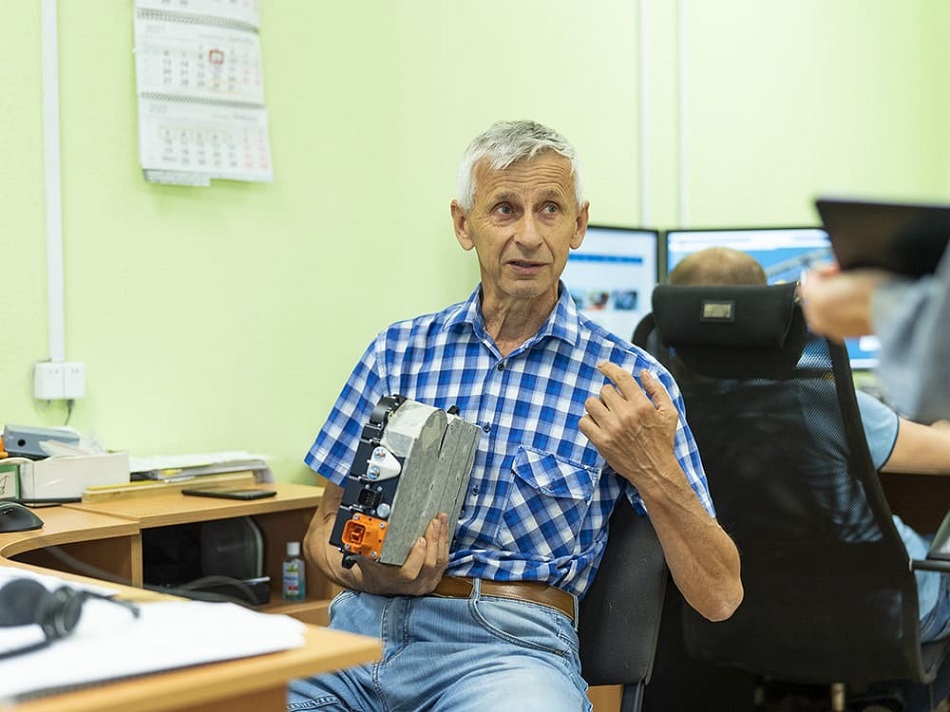
Typically, rolling stock is powered by a contact network on electrified sections of the track. Where electricity is unavailable or temporarily disconnected, the uPod’s onboard battery becomes the power source. Its capacity is generally sufficient to cover up to 100 km.
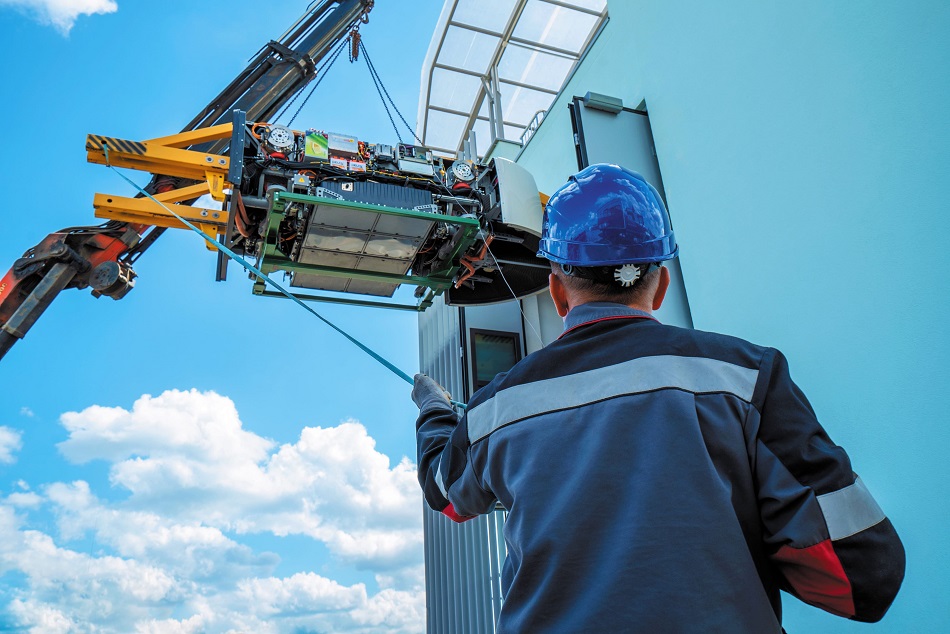
According to Yuri Shrubok, Lead Design Engineer at the Electric Drive Design Office, UST Inc. specialists have developed 16 energy storage designs over 10 years of intensive work, with 13 already manufactured (the remaining 3 are still in assembly). These storage units power all rail-based unmanned vehicles designed by the company.

Some battery units have been in operation since 2017 and still deliver over 80% of their rated capacity. This longevity is ensured by smart design and highly qualified specialists. No other company in Belarus can boast such talent and such a wide range of lithium-ion batteries for passenger and cargo transport. We have storage systems for both the two-seater uWind U4-651 and the 40-ton container carrier,
noted Yuri Shrubok.
One of UST Inc.’s key focus areas is cargo transportation, which is also carried out within the above-ground logistics infrastructure. The Electric Drive Design Office team proudly highlights their energy storage systems designed for uPods capable of transporting marine containers.
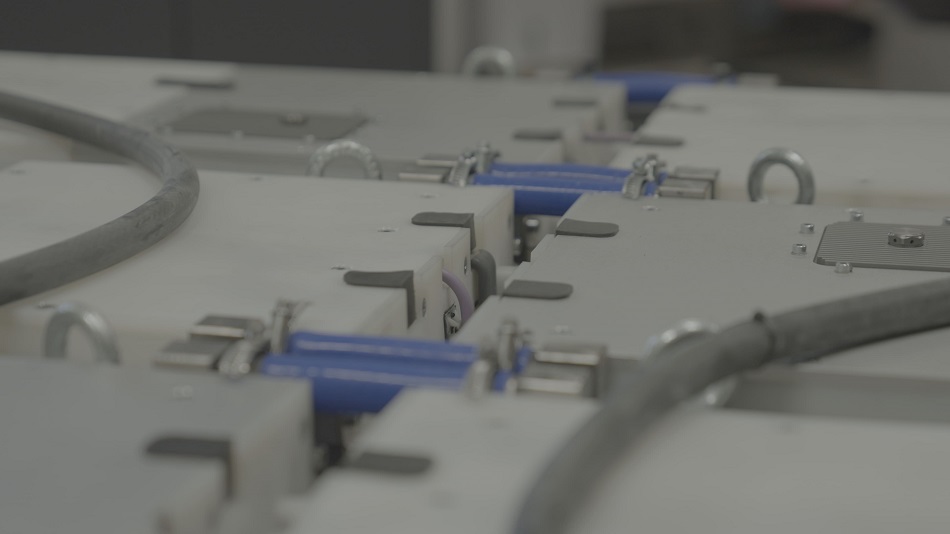
The bureau’s engineers developed a hybrid battery system consisting of two lithium-ion batteries and two supercapacitor units. This configuration enables rapid acceleration of heavy unmanned rail vehicles over short distances and during frequent starts. Speed is initially gained using energy from the supercapacitors, after which movement continues via the contact network or the lithium-ion onboard batteries.
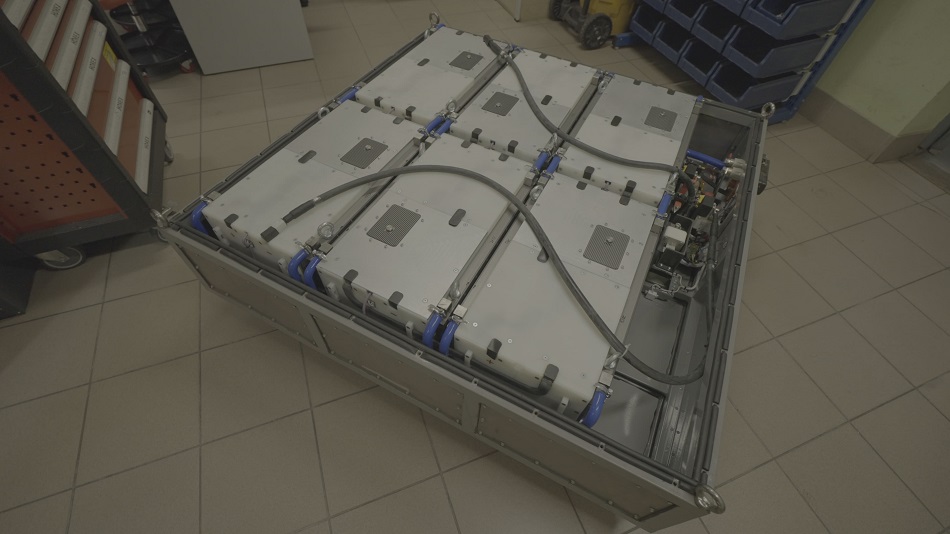
This technology also allows for quick charging of the supercapacitor battery during motion via the contact network and regenerative braking. Using mixed battery types in rail-based unmanned vehicles helps reduce the size of energy storage units, ensures more comfortable operating conditions without excessive loads, and ultimately extends their service life.
Modern uST solutions utilize the following types of energy storage systems:
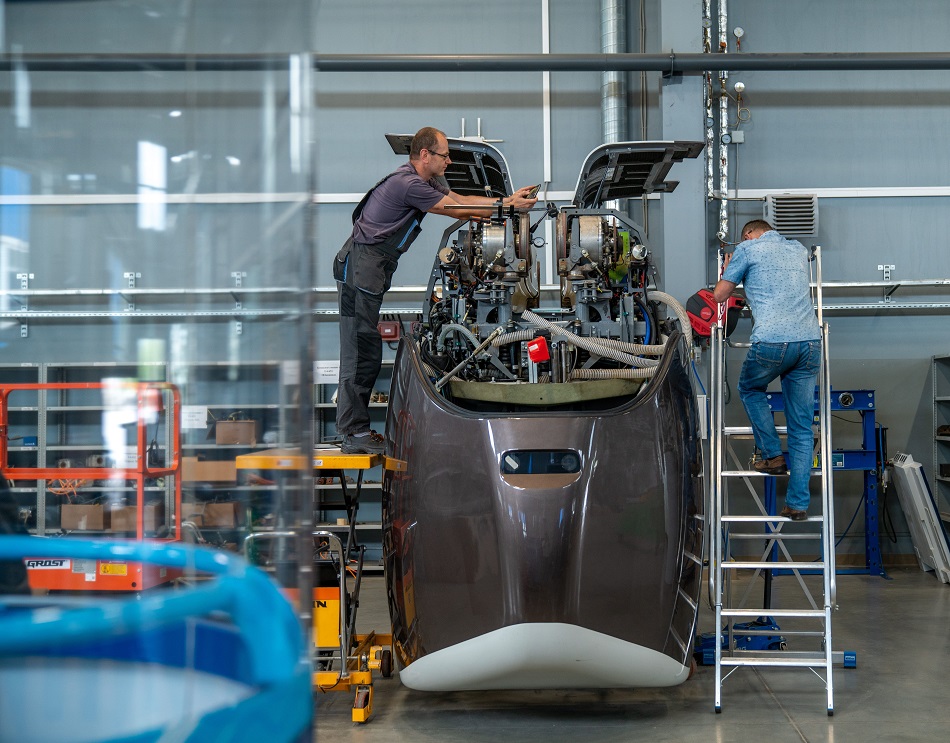
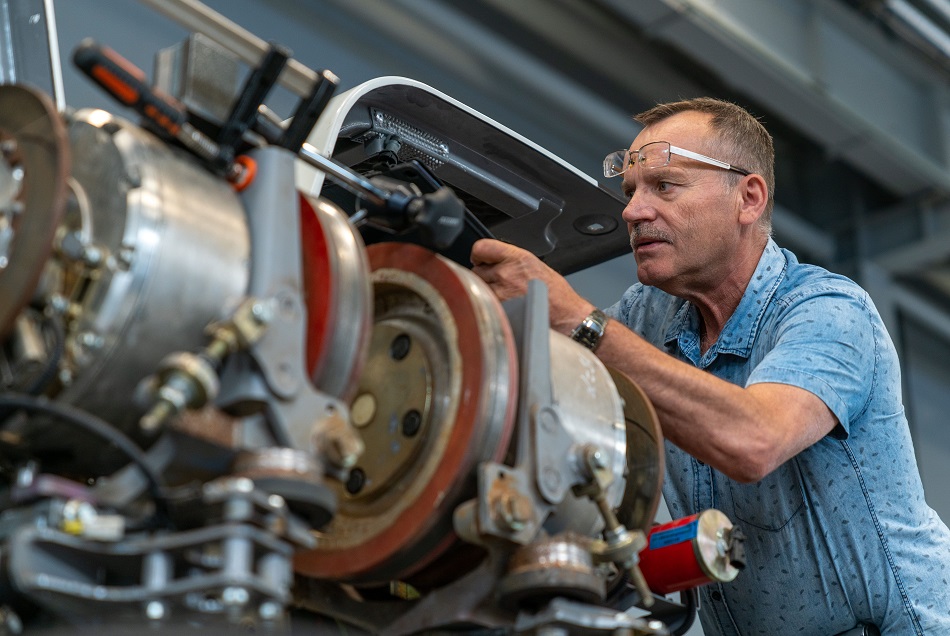
In the future, hybrid storage systems combining different types of devices (e.g., batteries + supercapacitors) may be used to achieve an optimal balance between energy capacity, response speed, and service life.
In addition to ensuring capacity and reliability, UST Inc. engineers place great emphasis on the safety of energy storage systems.
Yuri Shrubok notes that the batteries used in uST string rail complexes are equipped with electronic systems that monitor key parameters:
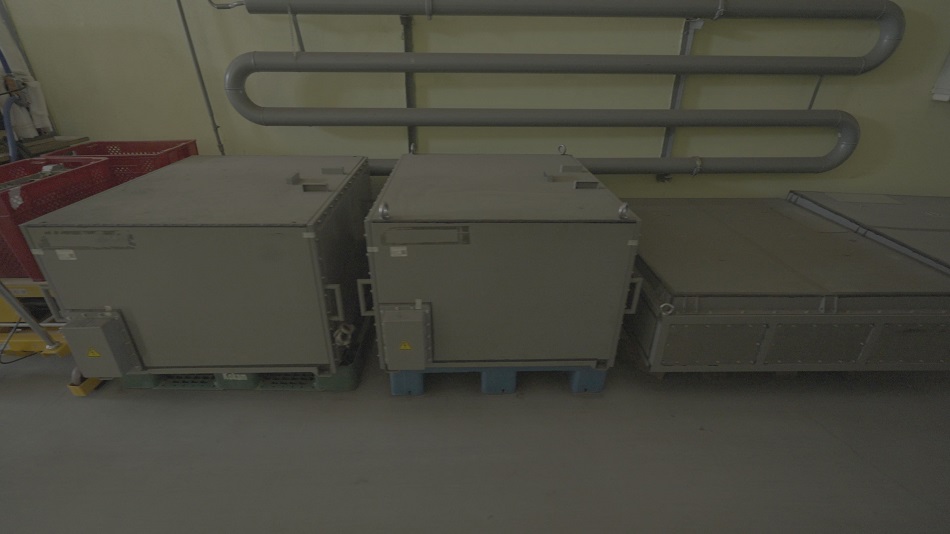
The battery casings are designed to withstand high operational loads. They are sealed and insulated, capable of enduring elevated temperatures, and equipped with pressure equalization valves.
All of these solutions ensure the safe operation of the transport systems manufactured by our company,
said the Lead Design Engineer.
The use of energy storage systems contributes to:
Additionally, the batteries support regenerative braking – energy that would otherwise be lost as heat is recaptured and reused within the system.
Key challenges to widespread adoption include the high cost of modern battery technologies, the need for proper disposal of spent batteries, and ensuring safety when storing large amounts of energy.
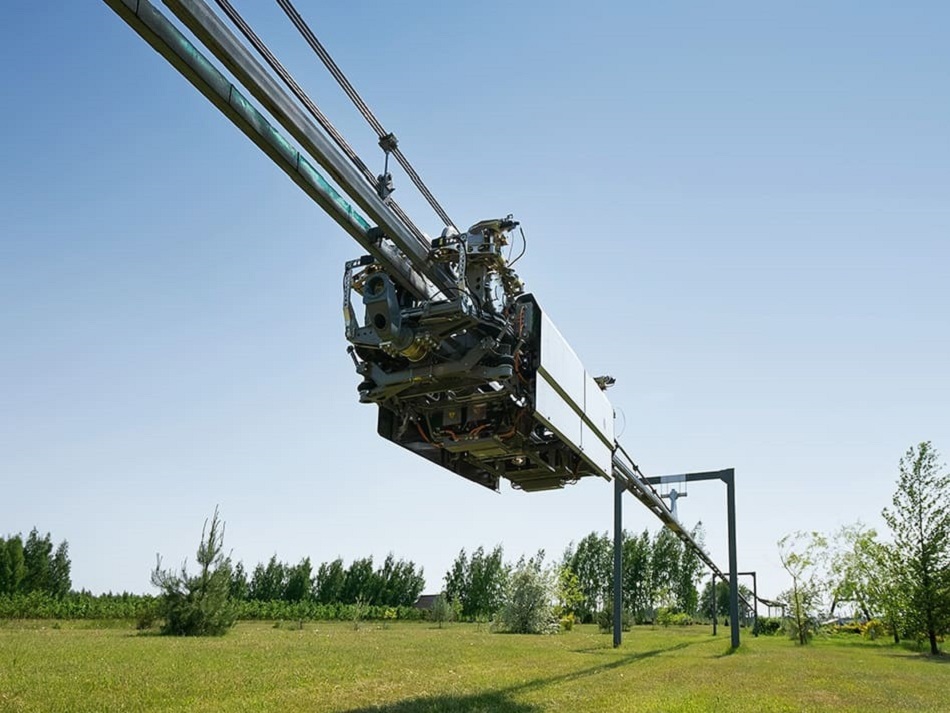
Nevertheless, advancements in storage technologies, falling lithium prices, and the emergence of new (including recycled) materials open up promising opportunities for integrating energy storage into the uST infrastructure.
Energy storage systems are an essential component of an efficient and sustainable uST transport system. They provide autonomy, flexibility, and resilience to external conditions, making string rail transport more reliable and ready for large-scale integration into the cities of the future. As battery technologies continue to evolve, their importance will only grow and innovative approaches to energy storage will be the key to the next stage in the evolution of intelligent transportation.
This form asks for your consent to allow us to use your personal data for the reasons stated below. You should only sign it if you want to give us your consent.
Who are we?
The name of the organisation asking you for consent to use your information is:
Global Transport Investments
Trident Chambers, P.O. Box 146, Road Town
Tortola
British Virgin Islands
We would like to use the following information about you:
Why would we like to use your information?
Global Transport Investments would like to send this information to company registry, inform you about its news, for refund purposes.
What will we do with your information?
We store your name, address, ID Data, date of birth into company registry. We will share your e-mail & phone number with IT Service (https://digitalcontact.com/), SMS Center (http://smsc.ru). They will add your details to their mailing list and, when it is news update, they will send you an email or sms with details. We store your credit card number for possible refunds.
How to withdraw your consent
You can withdraw the consent you are giving on this form at any time. You can do this by writing to us at the above address, emailing us at the address: [email protected] or by clicking on the unsubscribe link at the bottom of emails you receive.
This privacy notice tells you about the information we collect from you when you sign up to receive our regular newsletter via our website. In collecting this information, we are acting as a data controller and, by law, we are required to provide you with information about us, about why and how we use your data, and about the rights you have over your data.
Who are we?
We are Global Transport Investments. Our address is Trident Chambers, P.O. Box 146, Road Town, Tortola, British Virgin Islands. You can contact us by post at the above address, by email at [email protected].
We are not required to have a data protection officer, so any enquiries about our use of your personal data should be addressed to the contact details above.
What personal data do we collect?
When you subscribe to our newsletter, we ask you for your name and your email address.
Why do we collect this information?
We will use your information to send you our newsletter, which contains information about our products.
We ask for your consent to do this, and we will only send you our newsletter for as long as you continue to consent.
What will we do with your information?
Your information is stored in our database and is shared with with IT Service (https://digitalcontact.com/), SMS Center (http://smsc.ru). It is not sent outside of the Euro. We will not use the information to make any automated decisions that might affect you.
How long do we keep your information for?
Your information is kept for as long as you continue to consent to receive our newsletter.
Your rights over your information
By law, you can ask us what information we hold about you, and you can ask us to correct it if it is inaccurate.
You can also ask for it to be erased and you can ask for us to give you a copy of the information.
You can also ask us to stop using your information – the simplest way to do this is to withdraw your consent, which you can do at any time, either by clicking the unsubscribe link at the end of any newsletter, or by emailing, writing us using the contact details above.
Your right to complain
If you have a complaint about our use of your information, you can contact the Information Commissioner’s Office.
Rate and Comment
You can assess the importance of a particular publication and the level of its preparation. Share your opinion in the comments!